Wiertz Museum
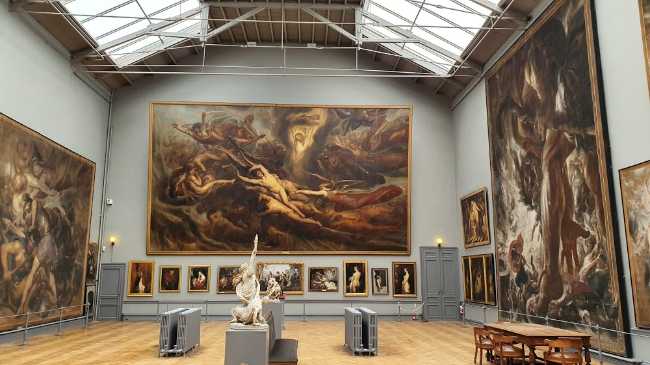
Hidden behind the European Parliament in Brussels, the Wiertz Museum is a dramatic tribute to the eccentric genius of Antoine Wiertz (1806–1865), one of Belgium’s most controversial Romantic artists. Housed in the monumental studio he designed with state support, the museum preserves the theatrical atmosphere of his creative world. Wiertz’s colossal canvases—some over eight metres long—grapple with themes of death, heroism, and human fragility, drawing inspiration from Rubens, Michelangelo, and Raphael. Works like Greeks and Trojans Fighting over the Body of Patroclus and Premature Burial reflect his fascination with horror and the sublime. Despite harsh criticism from contemporaries like Baudelaire, Wiertz remained convinced of his artistic mission, securing a unique deal with the Belgian government to keep his works permanently displayed. Since 1868, the museum has been part of the Royal Museums of Fine Arts of Belgium, offering free admission and an unforgettable encounter with Romantic excess.
Brussels BelgiumThe Wiertz Museum is located at Rue Vautier 62, in the Ixelles district of Brussels, close to the European Parliament. Housed in the former home and studio of Belgian Romantic painter and sculptor Antoine Wiertz, the museum preserves its 19th-century atmosphere, immersing visitors in the dramatic world of Wiertz’s colossal canvases and expressive art. Free to enter, the museum is just next to the beautiful Jardin des Citoyens (Citizens’ Garden), a green space offering a peaceful retreat. The European Parliament and the House of European History are steps away, making this area a cultural hub. The lively Place du Luxembourg is nearby, known for its restaurants, bars, and vibrant ambiance. The Ixelles neighborhood offers a mix of monumental architecture, green spaces, and easy metro access, ideal for those exploring the city’s institutional and artistic heart.
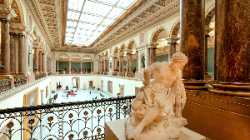 Royal Museums of Fine Arts of Belgium
Brussels
Royal Museums of Fine Arts of Belgium
Brussels
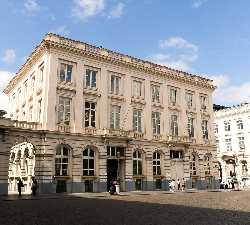 Magritte Museum
Brussels
Magritte Museum
Brussels
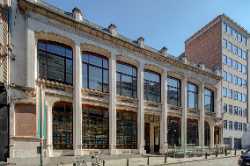 Belgian Comic Strip Center
Brussels
Belgian Comic Strip Center
Brussels
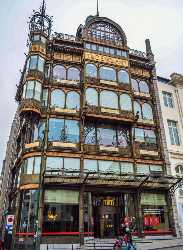 Musical Instruments Museum
Brussels
Musical Instruments Museum
Brussels
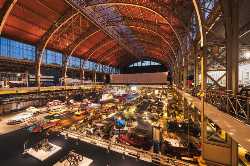 Autoworld
Brussels
Autoworld
Brussels
 BELvue Museum
Brussels
BELvue Museum
Brussels
 Train World
Brussels
Train World
Brussels
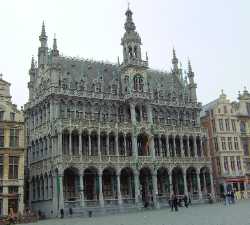 Museum of the City of Brussels
Brussels
Museum of the City of Brussels
Brussels
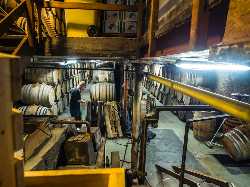 Brouwerij Cantillon
Brussels
Brouwerij Cantillon
Brussels
 Royal Palace of Brussels
Brussels
Royal Palace of Brussels
Brussels
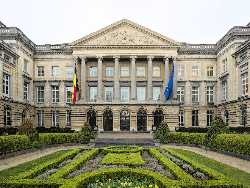 Palace of the Nation
Brussels
Palace of the Nation
Brussels
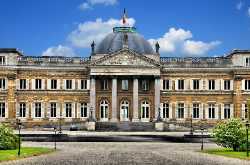 Castle of Laeken
Brussels
Castle of Laeken
Brussels
 La Monnaie
Brussels
La Monnaie
Brussels
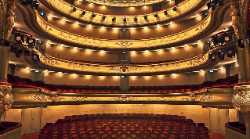 Théâtre Royal du Parc
Brussels
Théâtre Royal du Parc
Brussels
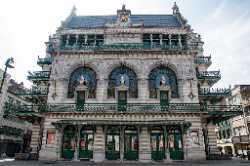 Royal Flemish Theatre
Brussels
Royal Flemish Theatre
Brussels
 Palais du Coudenberg
Brussels
Palais du Coudenberg
Brussels
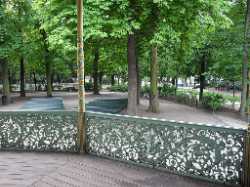 Parc de Bruxelles
Brussels
Parc de Bruxelles
Brussels
 Parc du Cinquantenaire
Brussels
Parc du Cinquantenaire
Brussels
 Bois de la Cambre
Brussels
Bois de la Cambre
Brussels
 Botanical Garden of Brussels
Brussels
Botanical Garden of Brussels
Brussels
 Mont des Arts Garden
Brussels
Mont des Arts Garden
Brussels
 Grand Place
Brussels
Grand Place
Brussels
 Atomium
Brussels
Atomium
Brussels
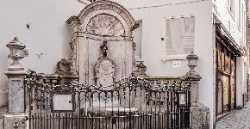 Manneken Pis
Brussels
Manneken Pis
Brussels
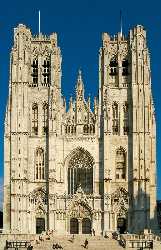 Saint Michael and Saint Gudula Cathedral
Brussels
Saint Michael and Saint Gudula Cathedral
Brussels
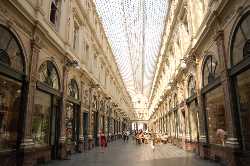 Galeries Royales Saint-Hubert
Brussels
Galeries Royales Saint-Hubert
Brussels
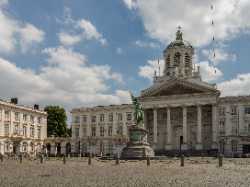 Place Royale
Brussels
Place Royale
Brussels
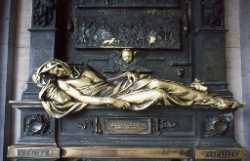 Statue of Everard t'Serclaes
Brussels
Statue of Everard t'Serclaes
Brussels
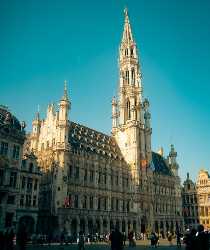 Brussels Town Hall
Brussels
Brussels Town Hall
Brussels
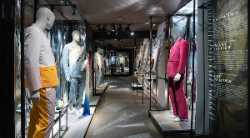 Fashion & Lace Museum
Brussels
Fashion & Lace Museum
Brussels
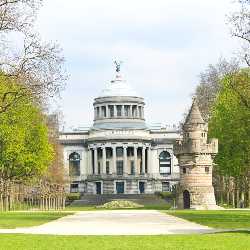 Art & History Museum
Brussels
Art & History Museum
Brussels
 Old Masters Museum
Brussels
Old Masters Museum
Brussels
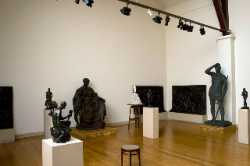 Constantin Meunier Museum
Brussels
Constantin Meunier Museum
Brussels
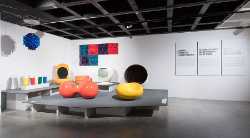 Design Museum Brussels
Brussels
Design Museum Brussels
Brussels
 House of European History
Brussels
House of European History
Brussels
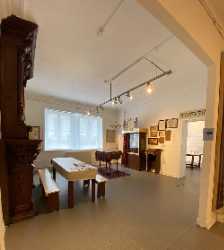 Jewish Museum of Belgium
Brussels
Jewish Museum of Belgium
Brussels
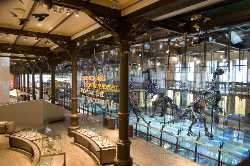 Royal Belgian institute of Natural Sciences
Brussels
Royal Belgian institute of Natural Sciences
Brussels
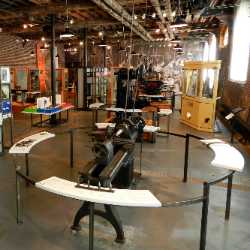 Brussels Museum of Industry and Labour
Brussels
Brussels Museum of Industry and Labour
Brussels
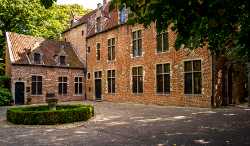 Erasmus House
Brussels
Erasmus House
Brussels
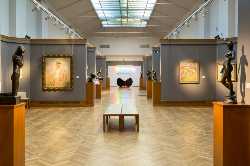 Museum of Ixelles
Brussels
Museum of Ixelles
Brussels
 Van Buuren Museum & Garden
Brussels
Van Buuren Museum & Garden
Brussels
 Choco-Story Brussels
Brussels
Choco-Story Brussels
Brussels
 Belgian Brewers Museum
Brussels
Belgian Brewers Museum
Brussels
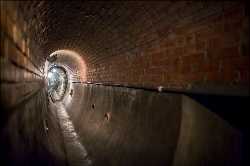 Sewer Museum
Brussels
Sewer Museum
Brussels
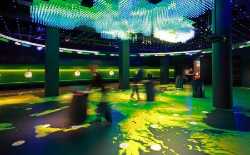 Parlamentarium
Brussels
Parlamentarium
Brussels
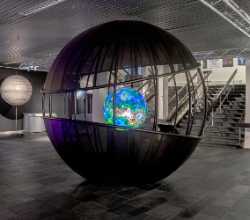 Royal Observatory of Belgium
Brussels
Royal Observatory of Belgium
Brussels
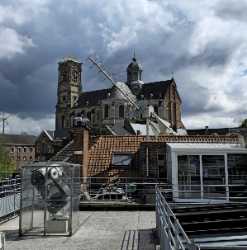 MIRA Public Observatory
Brussels
MIRA Public Observatory
Brussels
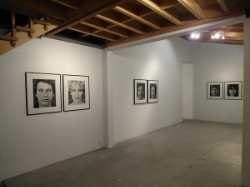 Atelier 34zero Muzeum
Brussels
Atelier 34zero Muzeum
Brussels
 Boghossian Foundation
Brussels
Boghossian Foundation
Brussels
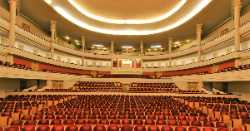 BOZAR
Brussels
BOZAR
Brussels
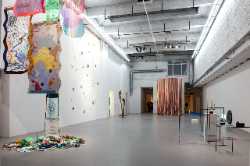 Centrale for contemporary art
Brussels
Centrale for contemporary art
Brussels
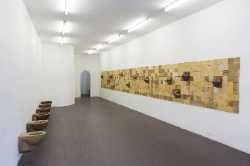 Etablissement d’en face
Brussels
Etablissement d’en face
Brussels
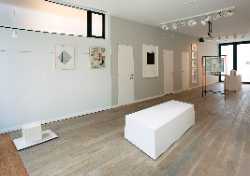 Eté 78
Brussels
Eté 78
Brussels
 Fondation A Stichting
Brussels
Fondation A Stichting
Brussels
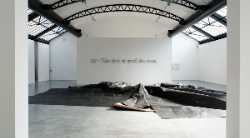 Fondation CAB
Brussels
Fondation CAB
Brussels
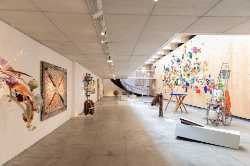 Galila’s P.O.C.
Brussels
Galila’s P.O.C.
Brussels
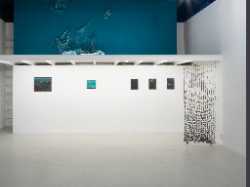 Moonens Foundation
Brussels
Moonens Foundation
Brussels
 n0dine
Brussels
n0dine
Brussels
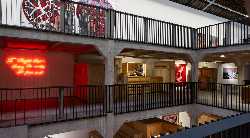 Vanhaerents Art Collection
Brussels
Vanhaerents Art Collection
Brussels
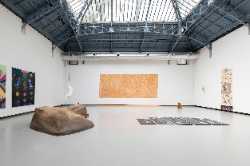 La Verrière
Brussels
La Verrière
Brussels
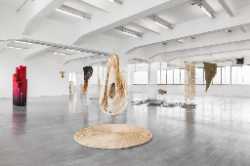 Wiels
Brussels
Wiels
Brussels
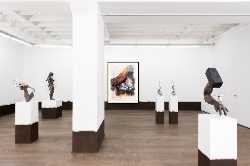 Rodolphe Janssen
Brussels
Rodolphe Janssen
Brussels
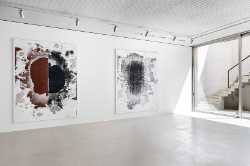 Xavier Hufkens
Brussels
Xavier Hufkens
Brussels
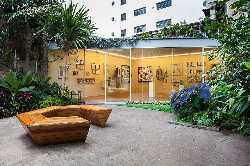 Mendes Wood DM
Brussels
Mendes Wood DM
Brussels
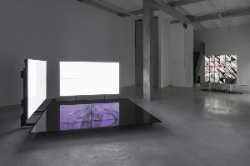 Harlan Levey Projects
Brussels
Harlan Levey Projects
Brussels
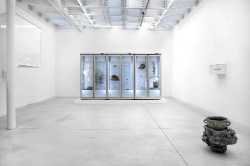 Meessen De Clercq
Brussels
Meessen De Clercq
Brussels
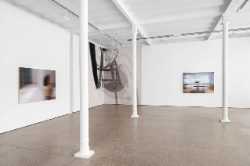 Galerie Greta Meert
Brussels
Galerie Greta Meert
Brussels
 Galerie Nathalie Obadia
Brussels
Galerie Nathalie Obadia
Brussels
 Espace Art Gallery
Brussels
Espace Art Gallery
Brussels
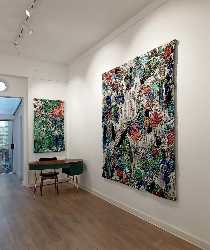 Galerie d’YS
Brussels
Galerie d’YS
Brussels
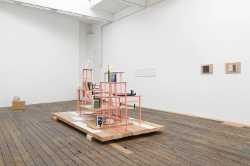 Galerie VidalCuglietta
Brussels
Galerie VidalCuglietta
Brussels
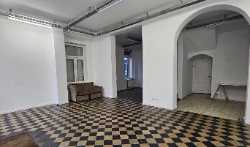 ZSenne artlab
Brussels
ZSenne artlab
Brussels
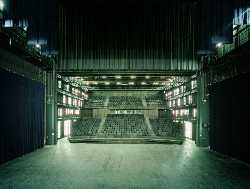 Théâtre National Wallonie-Bruxelles
Brussels
Théâtre National Wallonie-Bruxelles
Brussels
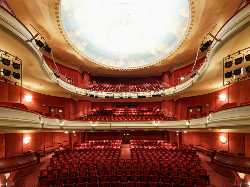 Théâtre Des Galeries
Brussels
Théâtre Des Galeries
Brussels
 Théâtre de Poche
Brussels
Théâtre de Poche
Brussels
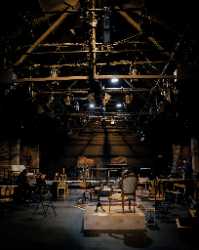 Théâtre Varia
Brussels
Théâtre Varia
Brussels
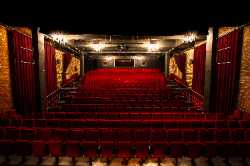 Théâtre Le Public
Brussels
Théâtre Le Public
Brussels
 Théâtre Les Tanneurs
Brussels
Théâtre Les Tanneurs
Brussels
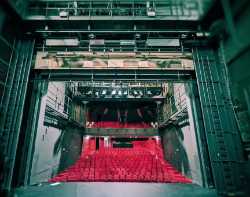 Théâtre des Martyrs
Brussels
Théâtre des Martyrs
Brussels
 Le 140
Brussels
Le 140
Brussels